Australian metal 3D printer manufacturer SPEE3D recently announced that it has supplied seven WarpSPEE3D 3D printers to Ukraine, as part of a US Department of Defence’s (DoD) Ukraine Security Assistance initiative.
Incorporating SPEE3D’s proprietary cold-spray technology, these 3D printers have been deployed near the frontlines in the country’s ongoing conflict with Russia. This technology reportedly enables the rapid production of critical replacement “parts of consequence.”
SPEE3D also provided a 15-day training programme in Jasionka, Poland. Here, the company educated a number of Ukrainian soldiers and engineers on how to fully utilize WarpSPEE3D technology in the field.
3D Printing Industry recently sat down with Calum Stewart, SPEE3D’s Director of Defense Programs, to learn more about this program and the growing role of additive manufacturing for defense applications.
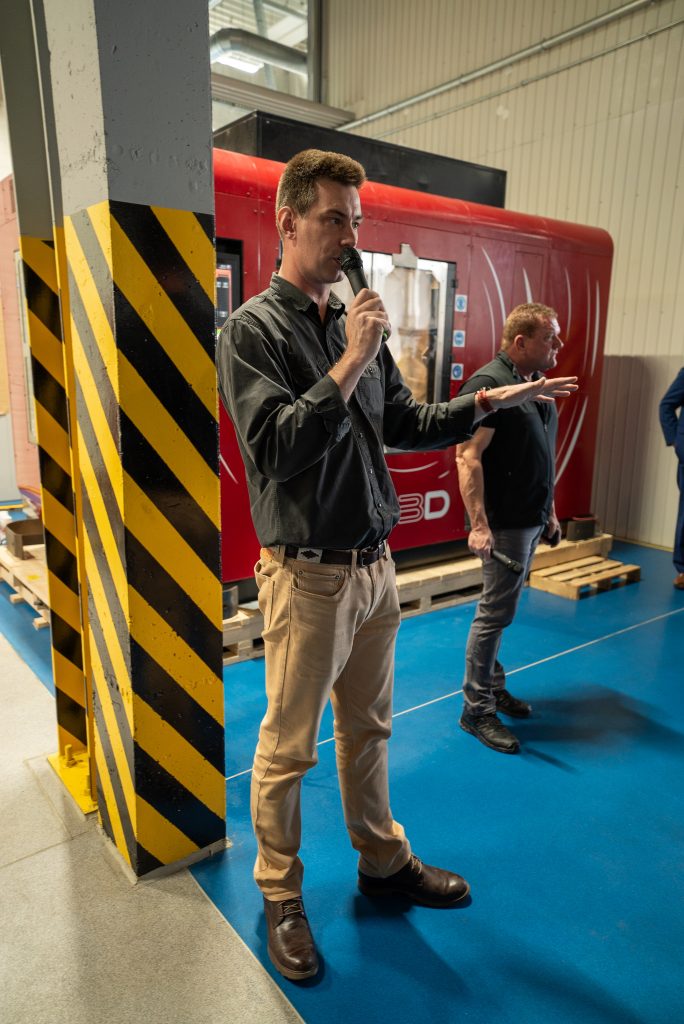
SPEE3D’s defense-optimized 3D printers
Founded back in 2015, SPEE3D’s 3D printing technology is designed to fabricate metal parts quickly, and at scale. The company’s cold-spray technology differs from conventional metal 3D printers that fuse powders via lasers. Instead, SPEE3D’s technology jets particles onto a substrate with high energy, fusing them on impact. Cold-spray technology requires “no special gasses, and no lasers. It’s all about harnessing kinetic energy,” stated Stewart.
This technology has gained traction within the defense industry, with the Australian, British, and now Ukrainian militaries all leveraging SPEE3D 3D printers.
Stewart himself comes from a military background. “I’ve been with SPEE3D for just over three years, and before that I was an engineering officer in the Australian Army.” Here, Stewart received $2 million to “conduct a study into additive manufacturing and whether it could have a positive effect on readiness, supply chain equipment, and availability.” This study brought Stewart into contact with SPEE3D, who soon offered him a job to “build a defense brand in the UK.”
“For the last three years, the business has been building on its defense offerings,” added Stewart. “We’ve had success with Australia. We did very well at marketing that success through 2020 and entering 2021.”
SPEE3D doesn’t only provide 3D printers, but also longer-term support, including targeted training on how best to utilize its technology. “SPEE3D customers don’t just buy the equipment, they buy into the company because they need coaching, they need training, they need support,” explained Stewart. “We generally don’t sell a printer without selling support, because soldiers need the education.”
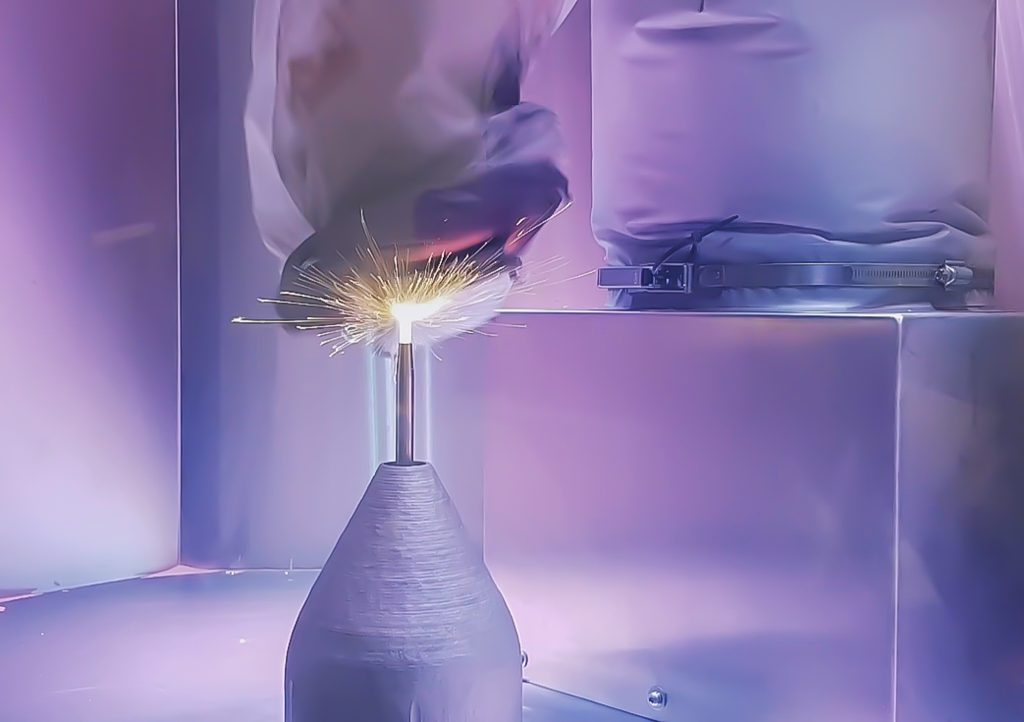
SPEE3D’s mission in Ukraine
SPEE3D was selected by the US DoD to provide its technology and support to Ukraine. “We got through the down selection for Ukraine, and our equipment, our people, our mindset were chosen to support the Ukrainians,” stated Stewart.
Why did SPEE3D decide to take this challenge on? On the one hand there is the business aspect. “We’re a business and this is what we do. There’s no point having a printer and having all this defense marketing, and then say no to the biggest defense contract there’s ever been in 3D printing.”
However, Stewart also highlighted a more personal motivation for this project. “You go to Poland, and you sit down with the soldiers, and then you see just how tired they are. And then you hear the stories of the family members that are dead. Then you hear the stories of the houses that have been blown up, and how they earn 1/5 of what they used to earn.” Therefore, for the SPEE3D team in Poland, “It was a lot more than just business,” with Stewart adding that “It’s nice to be a 3D printing company that’s actually doing something we think is making a difference.”
Overall, the long-term goal for SPEE3D in Ukraine is simple: “More equipment in the fight, more of the time.” Whilst Stewart couldn’t share specifically what parts are being 3D printed using SPEE3D technology in Ukraine, he did affirm that they are “parts of consequence.”
What exactly is a “part of consequence?” According to Stewart, it’s a “part that allows a platform to do the job it’s meant to do, and it can’t because you don’t have the part. It doesn’t need to be an expensive part, and it doesn’t need to be a complicated part. It’s just a part that is stopping a platform from operating, and the supply chain cannot provide.”
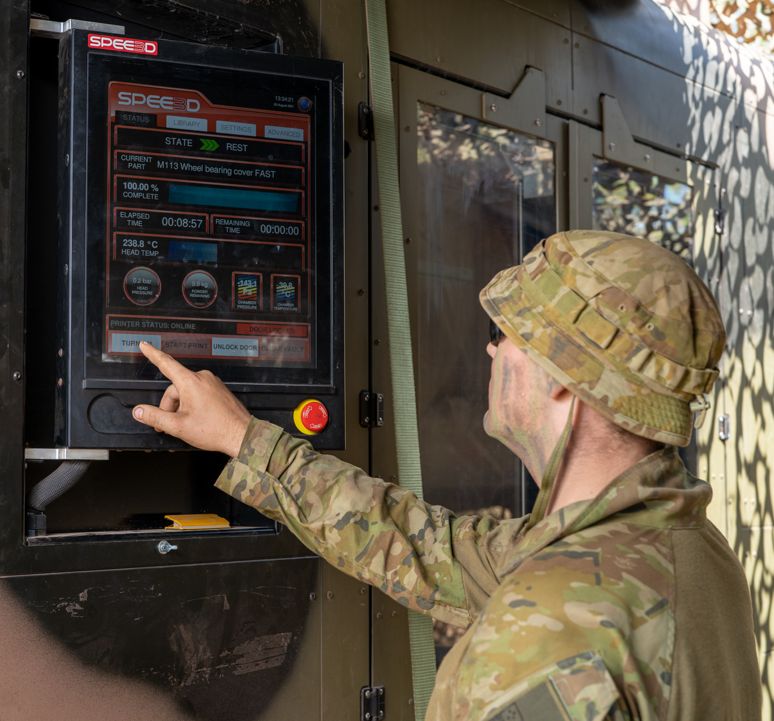
WarpSPEE3D in Ukraine
SPEE3D has delivered seven WarpSPEE3D metal 3D printers to Ukraine. The first large-format metal 3D printer to incorporate SPEE3D’s patented cold-spray technology, WarpSPEE3D possesses a maximum build size of ø 1000 x 700mm. The WarpSPEE3D has a deposition rate of 100 g/min, and can reportedly 3D print industrial, high-strength components in a matter of hours.
When it comes to manufacturing “parts of consequence,” SPEED’s cold-spray technology offers notable advantages, primarily “Its speed, its ease of use and its robustness.” According to Stewart, the key draw of cold-spray is that it can manufacture cast-strength metal parts fast. “Find me a cast metal foundry that can make parts for you in the space of an hour. There isn’t one right? What we replace is a cast metal factory.”
Indeed, when it comes to manufacturing high-demand parts quickly, SPEE3D technology offers clear advantages over powder bed fusion 3D printers. Whilst both powder bed and SPEE3D 3D printers can be set up in under an hour, conventional metal 3D printers generally require a lengthy 3D print and post-print process. Cold-spray technology, on the other hand, uses a simple air-heat treatment. “We can heat treat aluminum in 45 minutes, and get it to cast metal strength,” explained Stewart.
The mobility of WarpSPEE3D 3D printers, which are installed within a standard shipping container, is also a key advantage for an active military environment. “You can pick it up, put it in the back of a truck, put it down, set it up, and have it up and running in 45 minutes,” explained Stewart. This is not achievable with laser-based 3D printers which can be easily damaged, and often require specially formulated gaseous environments to function.
However, when it came to delivering the 3D printers to Ukraine, Stewart highlighted a range of significant logistical challenges. Indeed, these WarpSPEE3D 3D printers were made to order for this project.
“The time from the order being signed, to us having to deliver seven printers was a matter of eight weeks,” stated Stewart. “You’re talking about manufacturing printers, compressors, dust extractors, getting tonnes and tonnes of metal powder, getting all the spare parts together, making sure we’ve got the right people in the right place to provide the support and coordinating that across Australia where the kit’s been manufactured.”
The successful delivery of these 3D printers to Ukraine is described by Stewart as requiring an “heroic” effort from SPEE3D. “The team in Melbourne are freaking heroes,” asserted Stewart, with this team working 7-day weeks and 12-hour days.
Stewart emphasized the difficulties around “sourcing the parts, building the printers, and getting them out on time. Then controlling the shipping around the world, with compressors coming from Turkey, dust extractors coming from Canada, printers coming from Australia, and powder coming from the UK and Germany.”
“It’s the guys in the background that made it all happen,” added Stewart.
Whilst there are no immediate plans to send additional SPEE3D printers to Ukraine, this remains an option. “If we get asked to provide more equipment into Ukraine to help the war effort, then I’m sure we will be happy to respond. Because that’s what we do,” Stewart said.
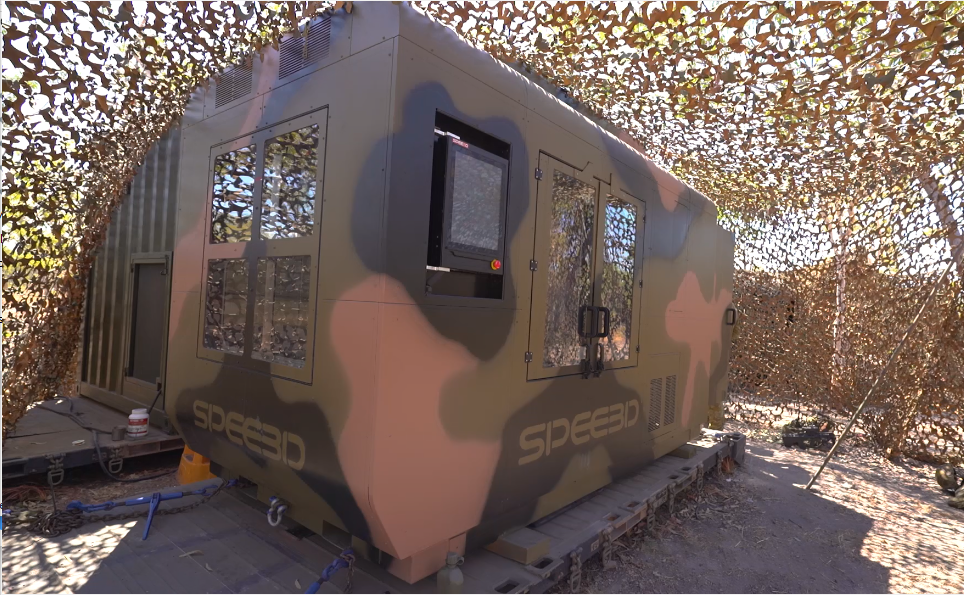
SPEE3D’s training programme
SPEE3D’s also delivered a 15-day training course to a number of Ukrainian soldiers and engineers. Taking place in Jasionka, Stewart likened this to delivering a University-level degree in two weeks.
When it came to delivering this training, “the 3D printing was the easy part.” Stewart highlighted that the most challenging aspect of this program was “making sure that we turn them into manufacturers.” This entailed changing the soldiers’ mindset around manufacturing. Instead of asking “can you print me this?” the Ukrainian students were instead taught to ask “what problem do you need me to solve?”
Stewart highlighted that the use of additive manufacturing in a warfighting environment is much more than just 3D scanning and then 3D printing a part. Therefore, the SPEE3D team ran a “nine stage engineering process,” 70% of which was focused on engineering theory. Using interpreters, the entire process was filmed “so that they can go back afterwards and access their curriculum, helping them to avoid learning-fade.”
What’s more, this support hasn’t ended with the completion of the training programme. “We remain in communications with the soldiers to provide support, engineering support, technical maintenance support, and we have a Ukrainian team and a support employee in Poland as well. So we provide that support as close as possible.”
In addition to the 3D printers and 3D printing materials, SPEE3D has also provided the Ukrainian military with access to the necessary SPEE3D software and spare parts, as well as a number of laptops.
This is not the first time SPEE3D has delivered training like this. “We’re getting pretty used to it, and we are growing a deliberate team for doing this,” commented Stewart. Indeed, SPEE3D has already provided similar training to the Australian military and will be delivering training to both British and Japanese forces in January 2024.
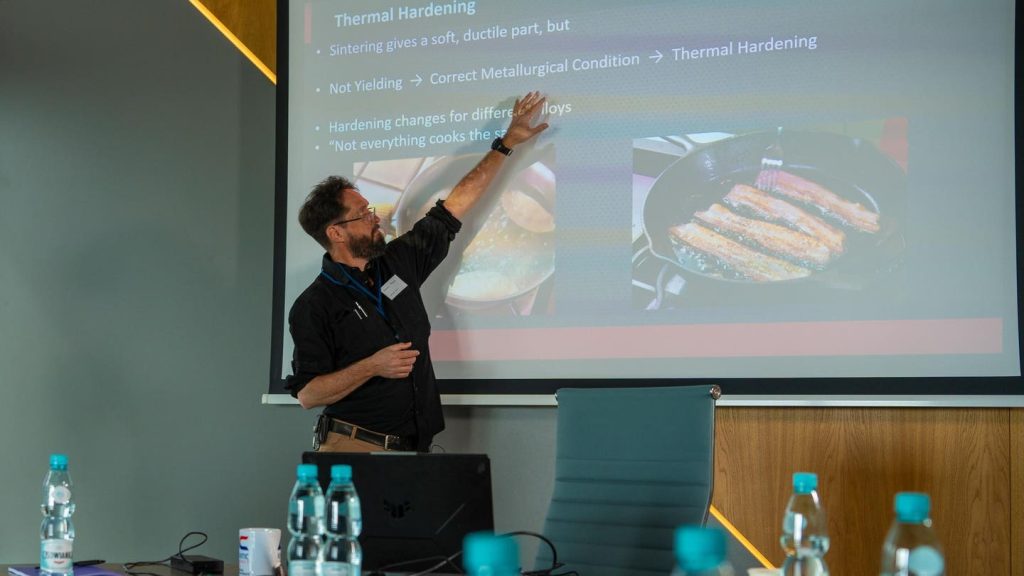
The future of additive manufacturing for military applications
Looking to the future, Stewart is confident that additive manufacturing will play a growing role within military applications in the future. “Do I think digitized, deployable manufacturing is going to enable more equipment in the fight, more of the time? Absolutely!”
Stewart was keen to steer away from terms such as “on the front line” and “at the point of need” in a military context. Istead, Stewart explained, additive manufacturing technology will be put where it has the most effect. “Where do you put the printer? You put it in the right place, close enough to have the desired effect.”
What’s next for SPEE3D? Stewart highlighted that the first two XSPEE3D 3D printers, SPEE3D’s newest metal 3D printer, are set to be utilized in the UK. The first is already located at the Manufacturing Technology Center (MTC) in Coventry, whilst the second will be with the British Army in four weeks’ time.
Acknowledgements
Stewart also wanted to acknowledge the key organizations that played a vital role in the success of this project. “We wouldn’t have been able to do this without the help of our friends at NOBLE, Atlantic Contract, and Bryk Manufacturing.”
NOBLE was the US government chosen supplier for this project, who also provided key logistical support. Atlantic Contract were “basically our agents on the ground,” helping SPEE3D with on-site logistics, whilst Bryk Manufacturing provided the training facilities in Jasionka.
“We couldn’t have done it without them,” added Stewart.
Subscribe to the 3D Printing Industry newsletter to keep up to date with the latest 3D printing news. You can also follow us on Twitter, like our Facebook page, and subscribe to the 3D Printing Industry Youtube channel to access more exclusive content.
Are you interested in working in the additive manufacturing industry? Visit 3D Printing Jobs to view a selection of available roles and kickstart your career.
Featured image shows a solider using a SPEE3D 3D printer. Photo via SPEE3D.


